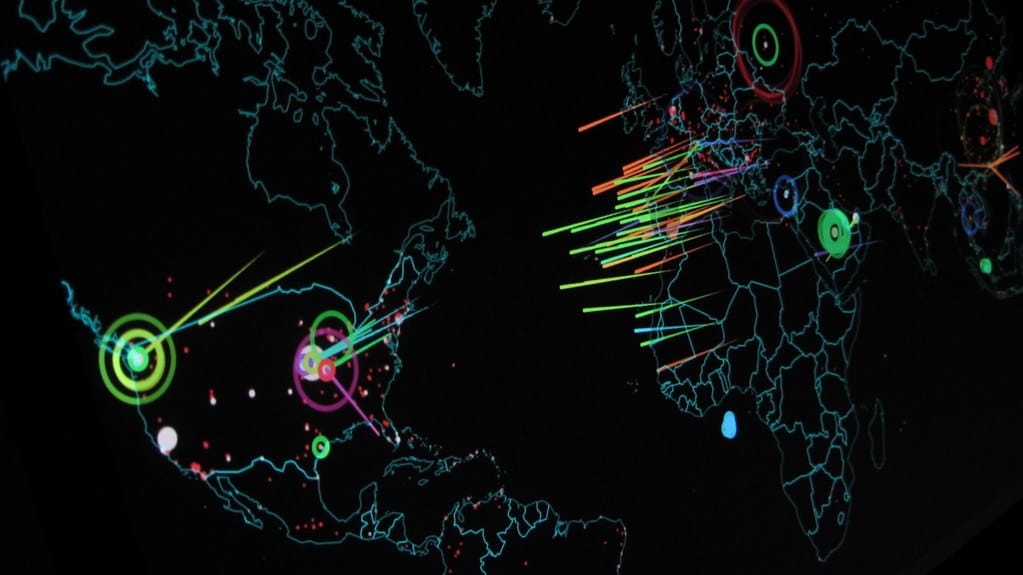Hackers Plant 4G-Enabled Raspberry Pi Inside Bank Network in Sophisticated Attack
In a brazen cyber heist that reads like a thriller novel, security researchers have uncovered a sophisticated attack where hackers physically infiltrated a bank's premises to plant a 4G-enabled Raspberry Pi device directly into the institution's network infrastructure. This unprecedented breach highlights the evolving tactics of cybercriminals who are increasingly combining physical and digital infiltration methods to bypass traditional cybersecurity defenses.
The Anatomy of a Physical Cyber Attack
The attack, discovered by cybersecurity firm Trustwave, represents a new frontier in banking security threats. Rather than relying solely on remote hacking techniques, the perpetrators took the extraordinary step of gaining physical access to the bank's premises. Once inside, they strategically placed a small, inconspicuous Raspberry Pi computer equipped with 4G connectivity into the bank's network infrastructure.
This miniature device, costing less than $100, became a powerful backdoor into the bank's systems. The 4G capability allowed the hackers to maintain remote access to the compromised network without relying on the bank's internet connection, making detection significantly more challenging for security teams.
Why This Attack Matters for Financial Security
The implications of this breach extend far beyond a single institution. This attack demonstrates several alarming trends in cybercrime:
Physical Security Vulnerabilities: Traditional cybersecurity focuses heavily on digital defenses, but this incident underscores the critical importance of physical security measures. Banks must now consider not just who has digital access to their systems, but who can physically access their network infrastructure.
Low-Cost, High-Impact Tools: The use of a Raspberry Pi—a device originally designed for educational purposes—shows how readily available technology can be weaponized for criminal activities. The low cost and small size of such devices make them particularly attractive to cybercriminals.
Persistent Access: Unlike traditional network intrusions that may be detected and blocked, a physically planted device can provide long-term, undetected access to sensitive systems.
The Growing Threat Landscape
Financial institutions face an estimated $18.5 billion in annual losses due to cybercrime, according to recent industry reports. This physical infiltration method represents a evolution in attack strategies that could significantly increase these losses if not properly addressed.
Similar attacks have been reported across various industries, but the banking sector presents particularly attractive targets due to the high-value data and direct access to financial systems. In 2023 alone, financial services companies experienced 1,736 cyber incidents per organization on average—a 69% increase from the previous year.
Detection and Prevention Strategies
The Trustwave investigation revealed that the rogue device was discovered during a routine security audit, highlighting the importance of comprehensive security assessments. Key prevention strategies include:
Network Monitoring: Implementing robust network monitoring systems that can detect unusual devices or traffic patterns, even from internally connected hardware.
Physical Security Protocols: Strengthening access controls to server rooms, network closets, and other critical infrastructure areas where such devices could be planted.
Regular Security Audits: Conducting frequent physical and digital security assessments to identify potential vulnerabilities or unauthorized devices.
Employee Training: Educating staff about social engineering tactics that criminals might use to gain physical access to secure areas.
Industry Response and Regulatory Implications
This incident has prompted renewed discussions among banking regulators about updating cybersecurity guidelines to include more comprehensive physical security requirements. The Federal Financial Institutions Examination Council (FFIEC) is reportedly reviewing current guidance to address these emerging threats.
Several major banks have already begun implementing additional physical security measures, including more frequent infrastructure audits and enhanced access controls for network equipment areas.
Looking Ahead: The Future of Banking Security
As cybercriminals continue to evolve their tactics, financial institutions must adopt a holistic approach to security that addresses both digital and physical vulnerabilities. The integration of IoT devices, edge computing, and remote work technologies creates an expanded attack surface that requires constant vigilance.
This sophisticated attack serves as a wake-up call for the entire financial services industry. It demonstrates that effective cybersecurity requires more than just firewalls and antivirus software—it demands a comprehensive strategy that protects against threats from every angle.
Banks and financial institutions must now ask themselves: Are our physical security measures as robust as our digital defenses? The answer to this question may determine their vulnerability to the next generation of cyber threats.
